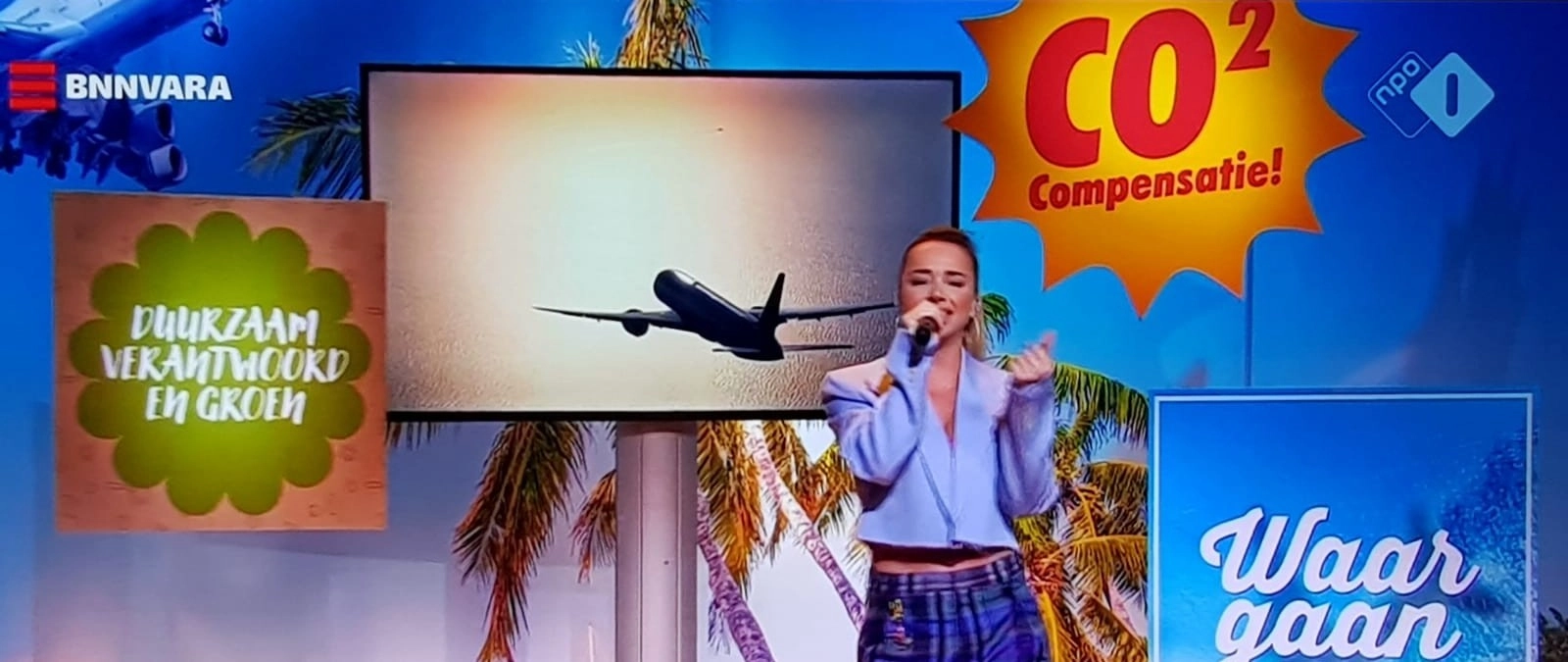
The CO₂ Performance Ladder helps organisations map their CO2 emissions and then reduce C02 emissions. Or wait, was it CO2 after all? ‘Surely they should just know that over there at SKAO!’ we hear you think! ‘Or can’t they see the wood for the CO(222?) absorbing trees?’
April fools! Of course we know that the correct spelling is CO2! Yet the abbreviation – even by us – is occasionally misspelled. And since we ourselves are rather detail-oriented types and want to set a good example, we would like to show you how to type the abbreviation of carbon dioxide simply and correctly.
CO₂, C02, CO2 or CO2? The differences seem negligible, but the spelling does matter. After all, carbon monoxide squared is something very different from carbon dioxide. But as an organisation that has to writeCO2 thousands of times a year, we understand better than anyone that a typo is easily made. Sometimes due to carelessness, but sometimes also out of laziness. A ‘plain’ 2 after CO is easier to type than the small number, also known as a subscript, over and over again.
Practical tips for writing CO2
There are several ways to write subscript 2 in a document:
- The subscript can be found on Word’s toolbar at ‘insert’ -> ‘symbol’ and at ‘start’ under the font size (X2). To avoid having to perform the same operation very often, you can write CO2 once and then copy and paste it into the rest of the text.
- Even more convenient is to add the subscript afterwards. Select CO2 -> press Ctrl x (cut) -> press Ctrl h (search and replace). Then type in CO2 at ‘Search for’. If you type ^c under ‘Replace with’ and then press ‘Replace all’, every CO₂ in the text will be replaced by CO2 (see picture).

- If you want to write CO2 on LinkedIn, there is a handy trick for this: the Unicode symbol. You can copy this code and then put it in place of a normal 2 in your posts or posts. Easy peasy!

Finally: always writing the formula error-free is unfortunately impossible. In file names and website urls, for example, it is unfortunately not possible to include a subscript. So in that case, it becomes CO₂.
But for the vast majority of texts, you now know how to write CO2 correctly and (relatively) simply. Good luck!